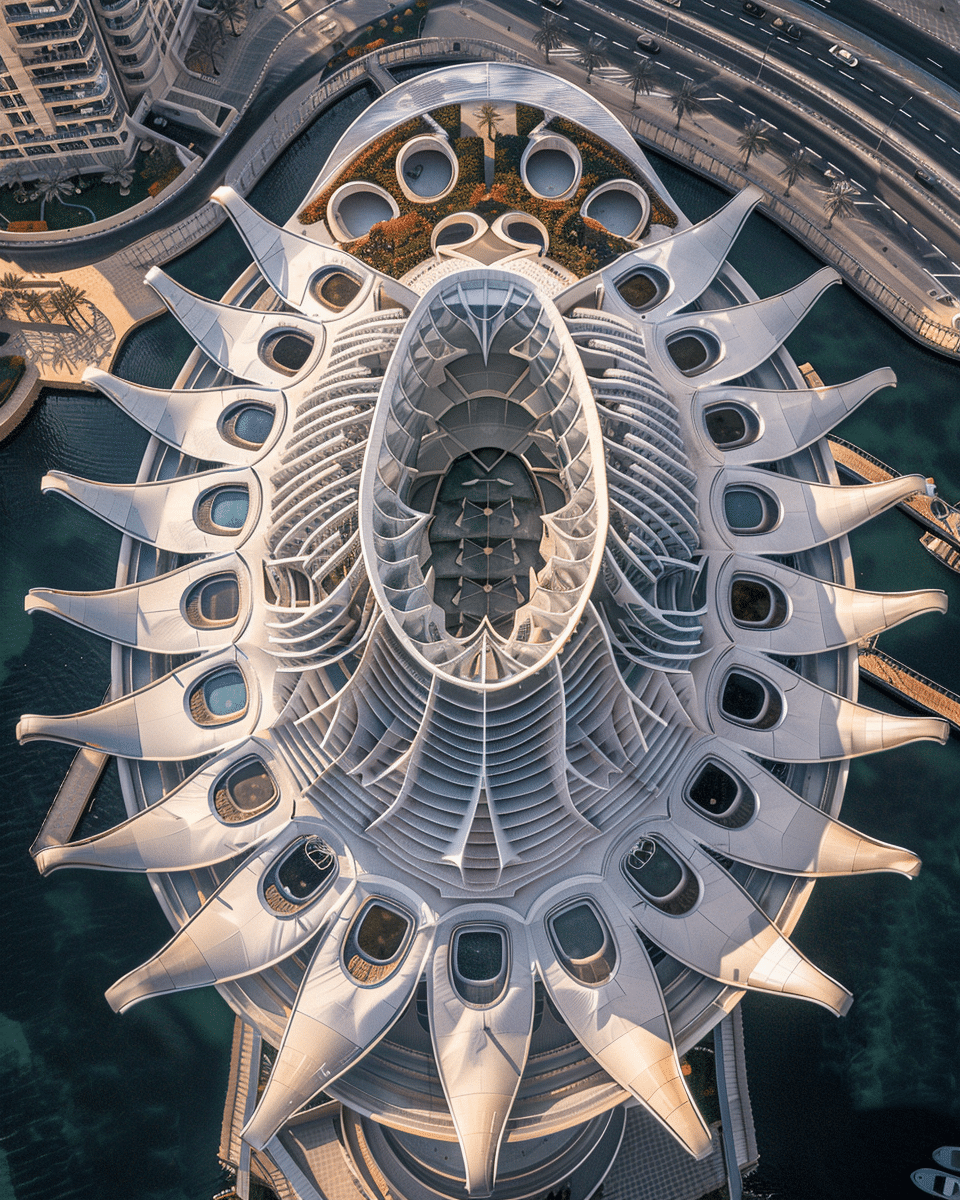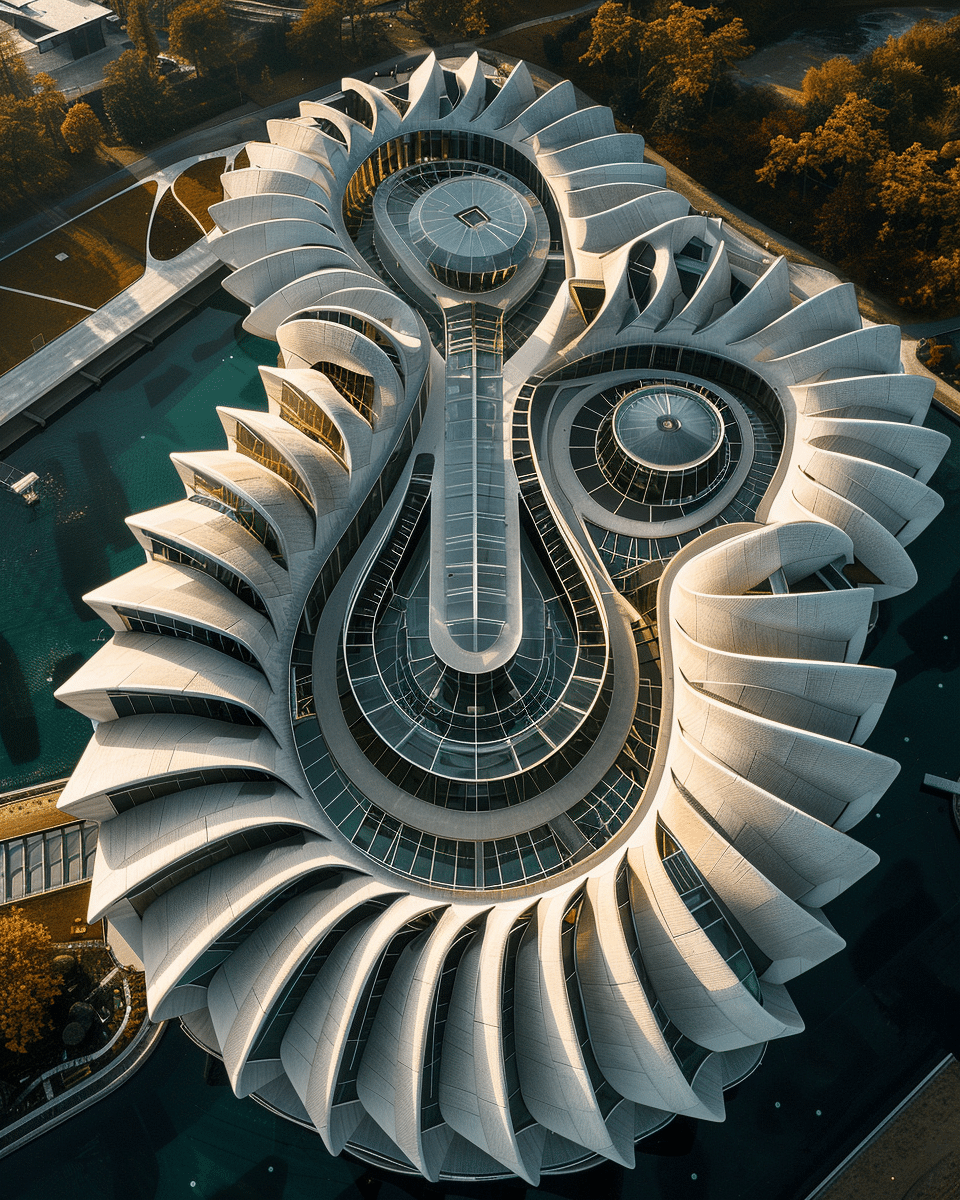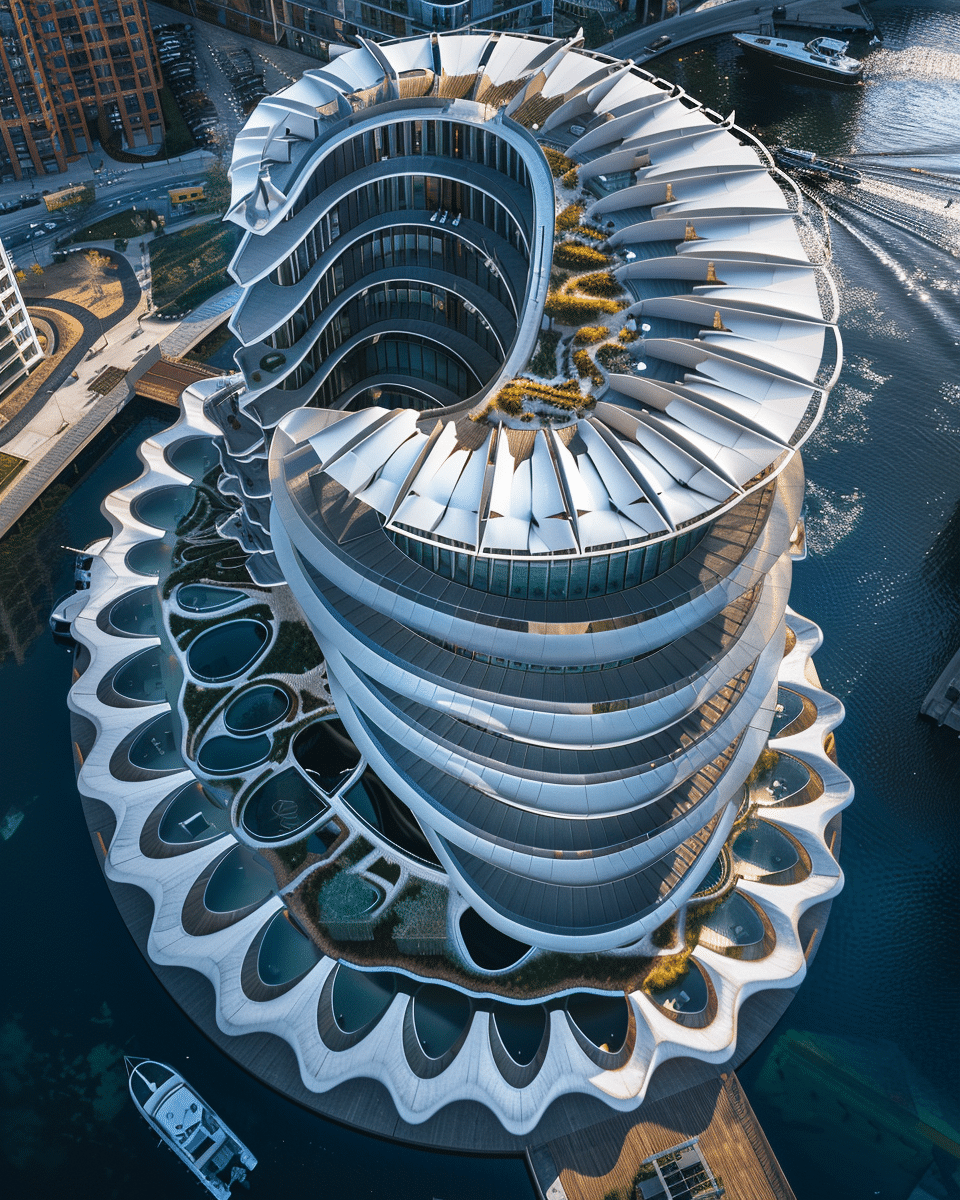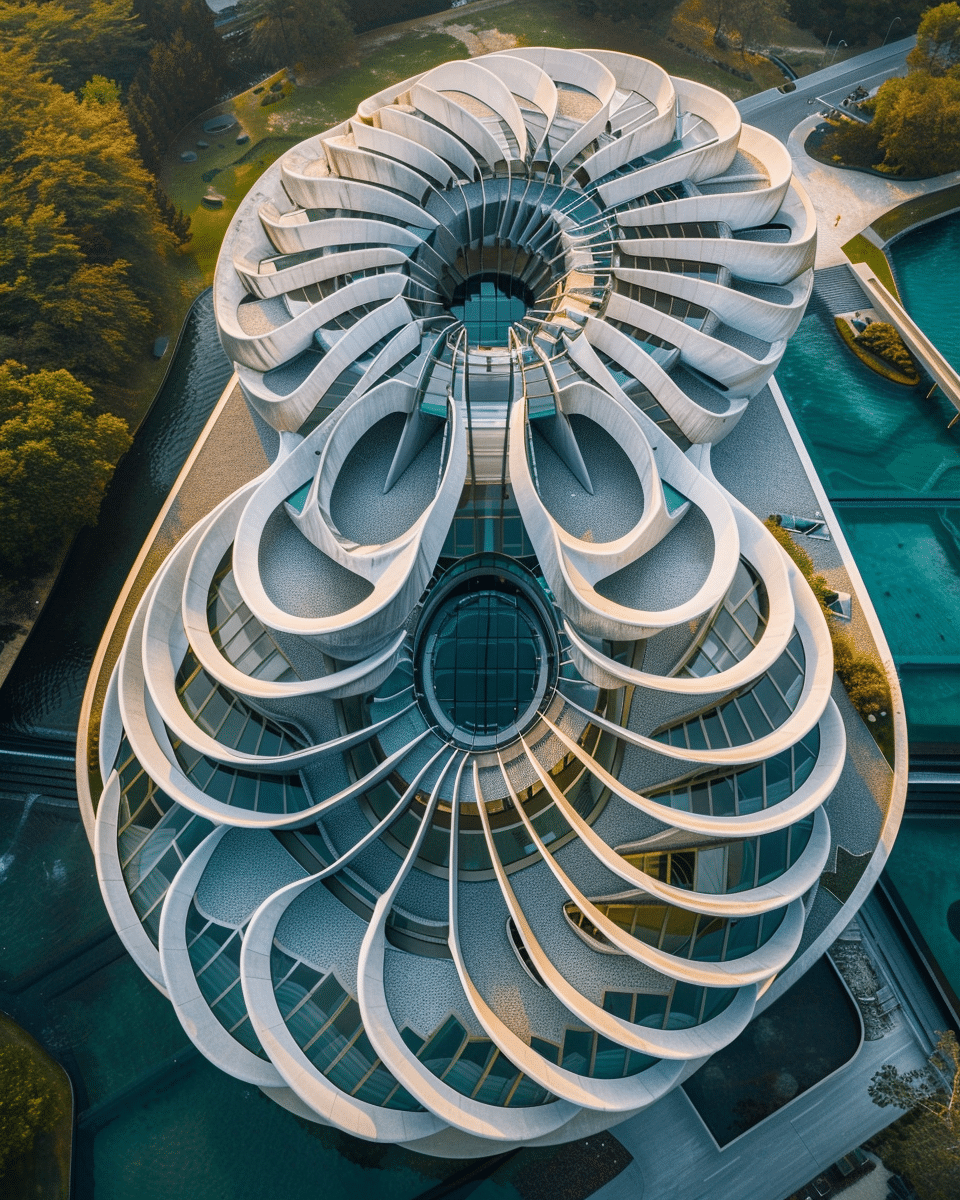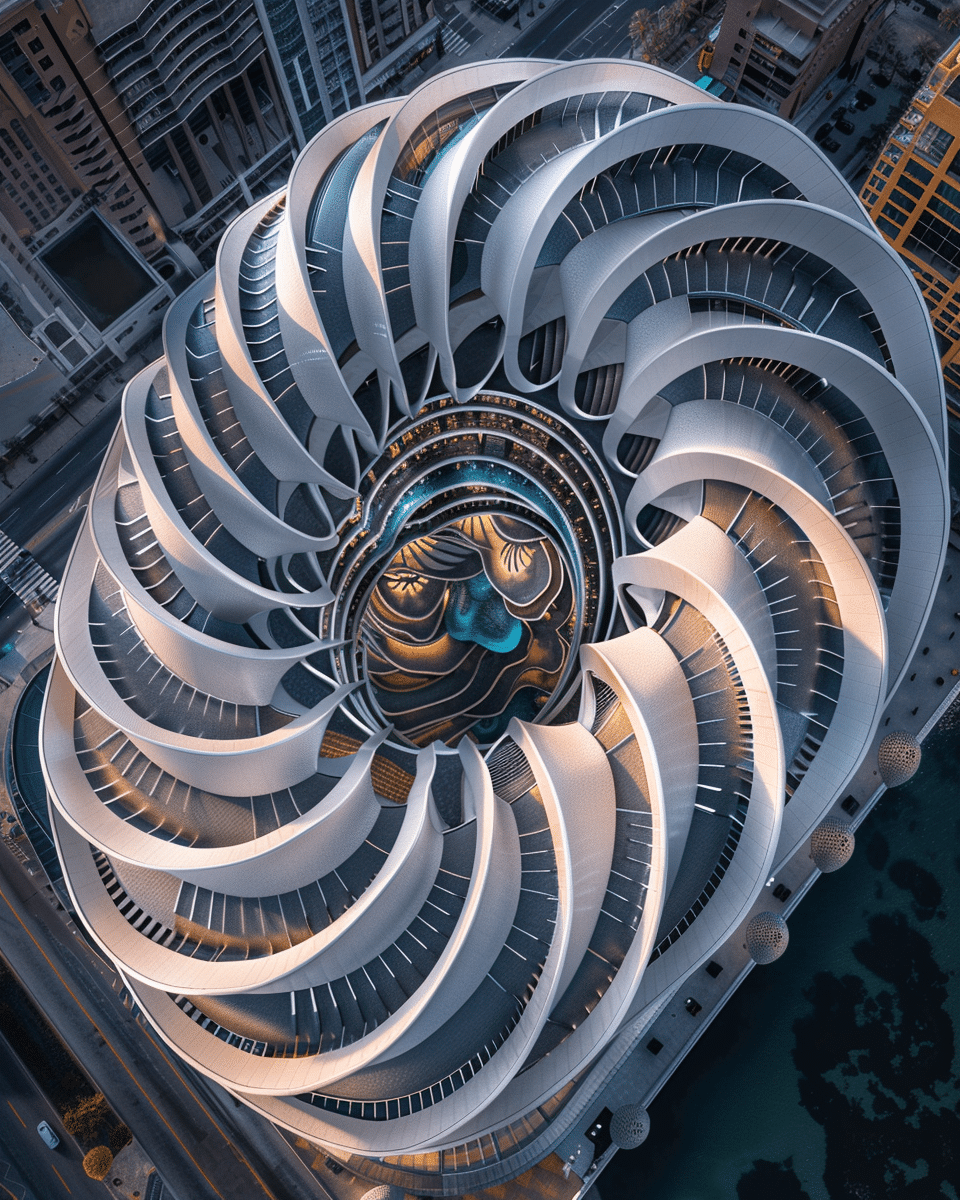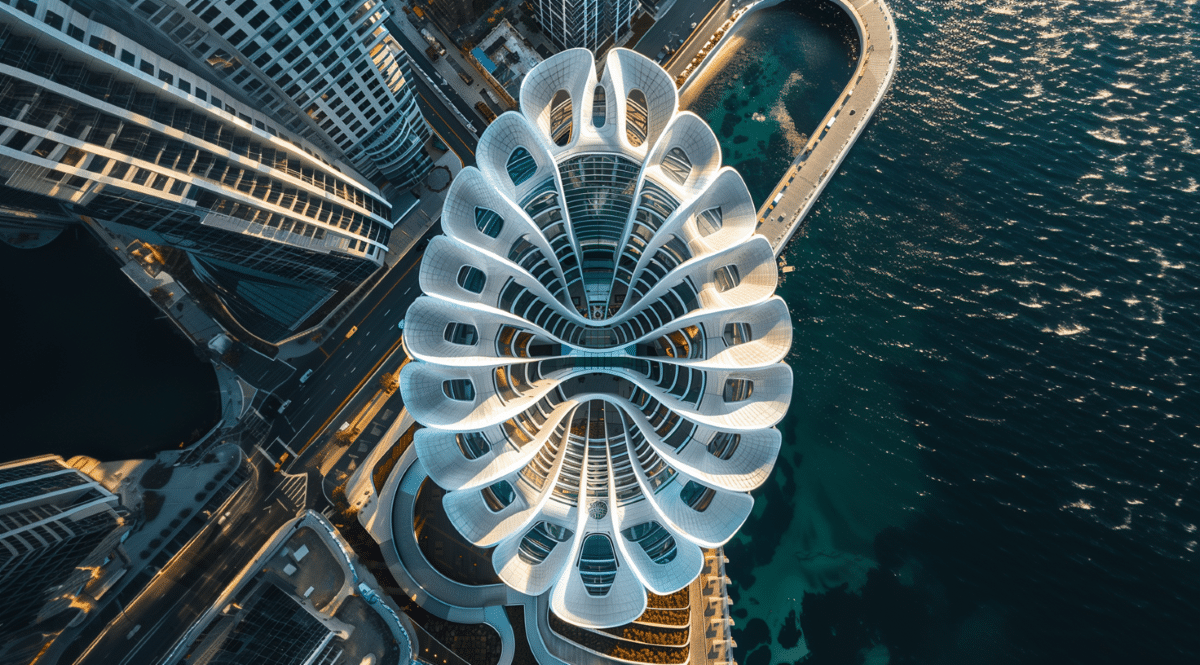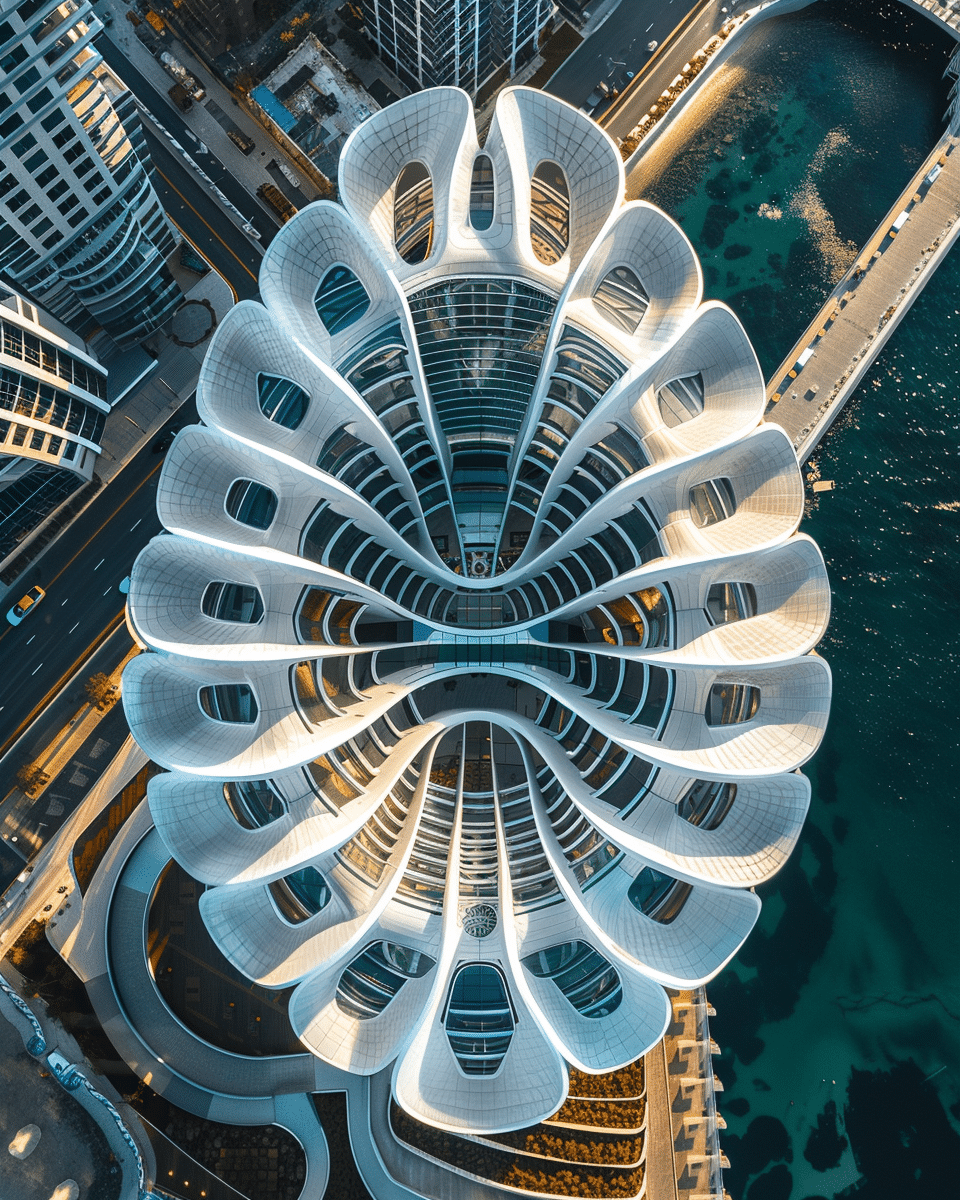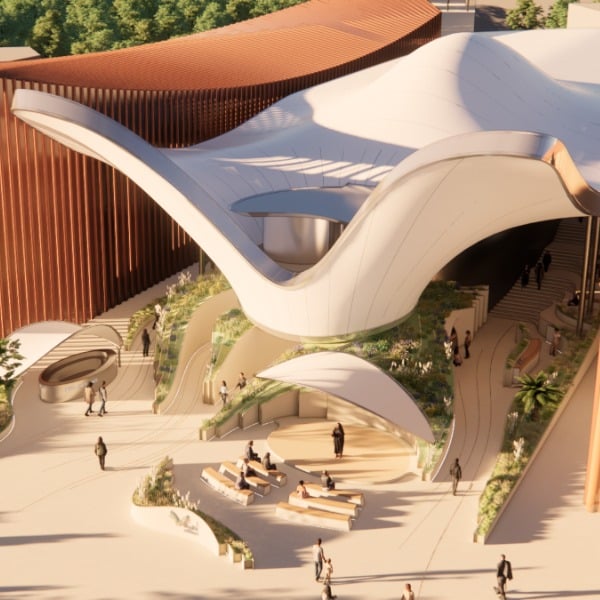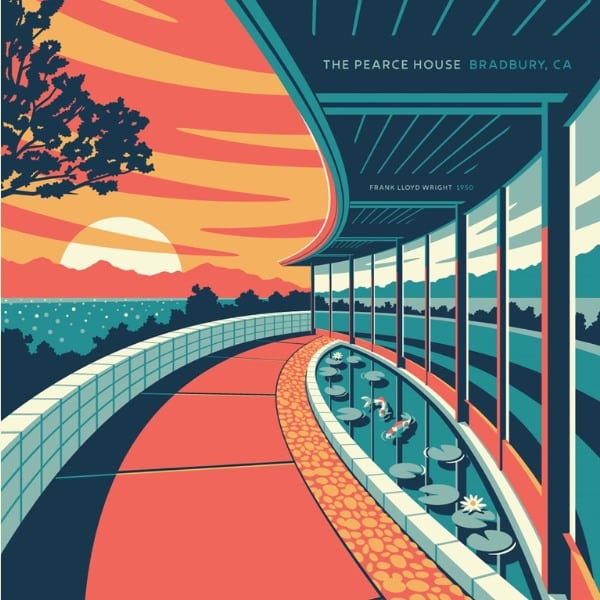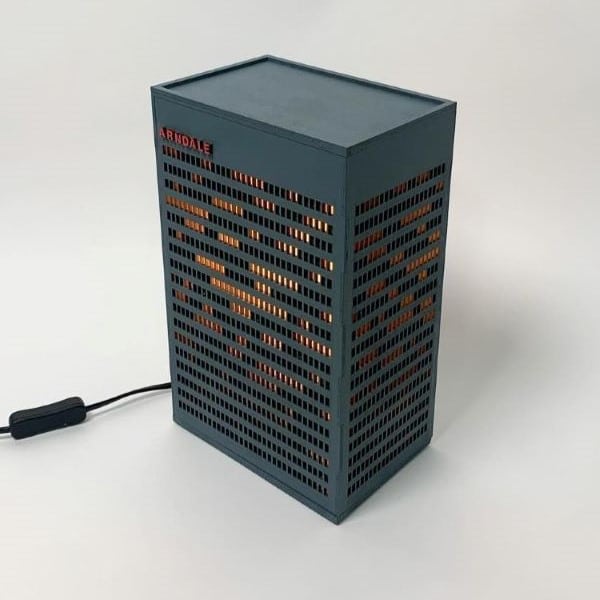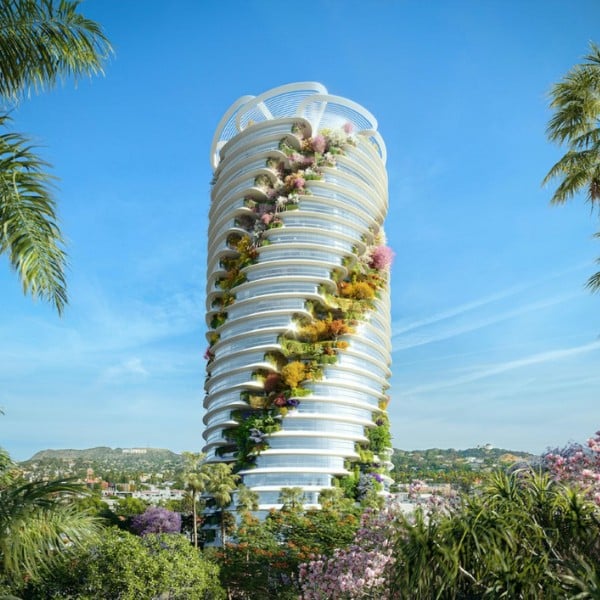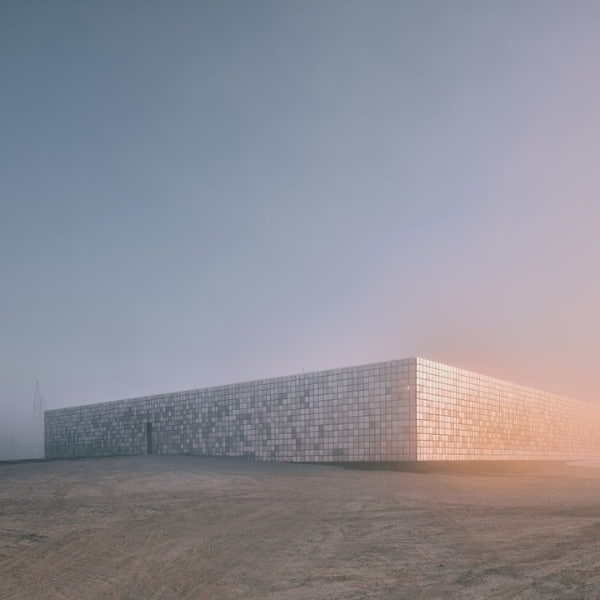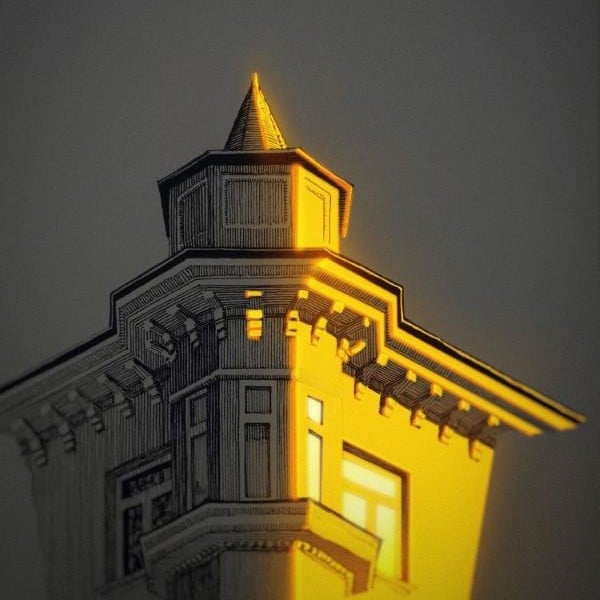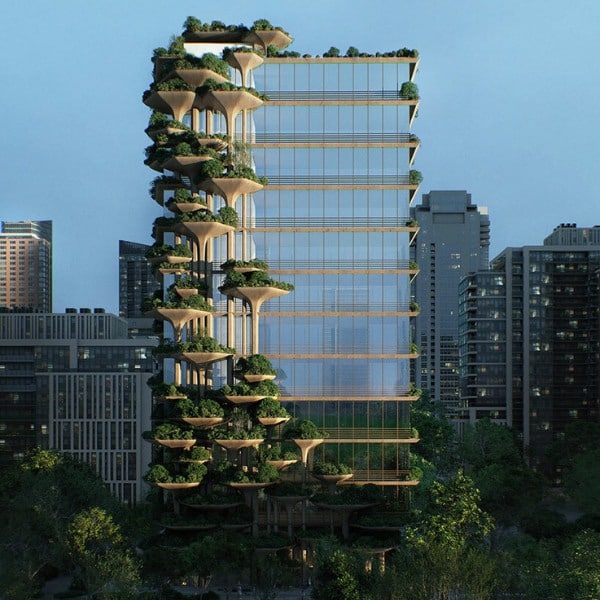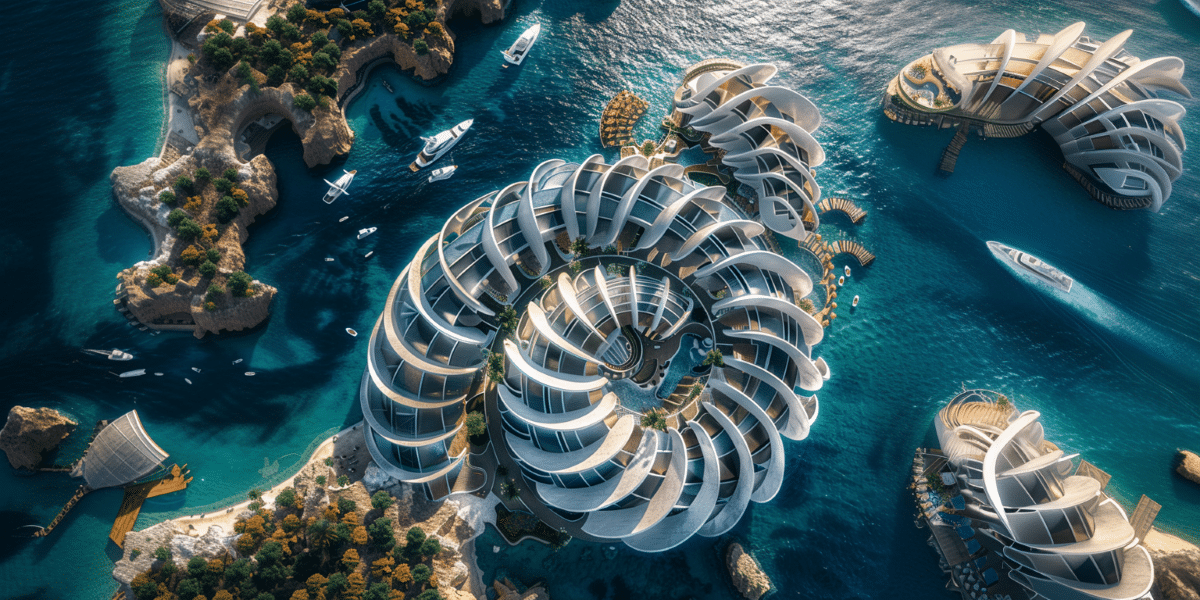
Inspired by the timeless allure of the golden ratio, architectural designer Manas Bhatia has used AI to produce a series of floating skyscrapers. With these buildings, which he calls Nautilus Bioarchitecture, Bhatia muses whether the timeless classicism of the golden ratio can shape the architecture of the future. Based on what we've seen, we think that the answer is yes.
“The spiral pattern, governed by the Fibonacci sequence, is a testament to the inherent beauty and efficiency of natural design,” shares Bhatia. “Could we create buildings that mimic the resilience and adaptability of these natural forms?”
Bhatia's questions build on the golden ratio, which has been in place since antiquity. Revered for its ability to create stunning, balanced compositions, it is based on a mathematical ratio of approximately 1.618. The Greeks based the Parthenon on this ratio, which is also present in the proportions of the pyramids of Giza. In this case, Bhatia was inspired by the natural world and, more specifically, the nautilus shell.
Closely associated with the Fibonacci sequence and golden ratio, this visually pleasing shell provides the starting point for the architect's idea. Elaborated using Midjourney, ChatGPT, and LookX, Bhatia's designs once again prove the aesthetic power of this mathematical ratio. Of course, as the designer points out, architecture is not all about aesthetics. If these designs were to translate into the real world, they need to include practical considerations such as building codes, client preferences, and budgetary constraints.
Still, Bhatia's work shows us the best of AI's capabilities by opening our minds to what could be possible. If architects incorporate even a fraction of these spiral designs into their work, the results would be magnificent. For Bhatia, showing others how these mathematical principles could be applied in contemporary terms is a win.
“Beyond its aesthetic appeal, the application of these mathematical principles offers tangible benefits in architectural design,” he writes. “From optimizing spatial layouts to enhancing structural stability and efficiency, the golden ratio and Fibonacci sequence provide architects with a versatile toolkit for realizing their creative visions. By adhering to these principles, architects can create buildings and environments that not only captivate the senses but also foster a sense of balance and well-being for their inhabitants.”
Scroll down for more glimpses of Bhatia's golden ratio floating skyscrapers, and prepare to be inspired.
Nautilus Bioarchitecture is architectural designer Manas Bhatia's take on the golden ratio.
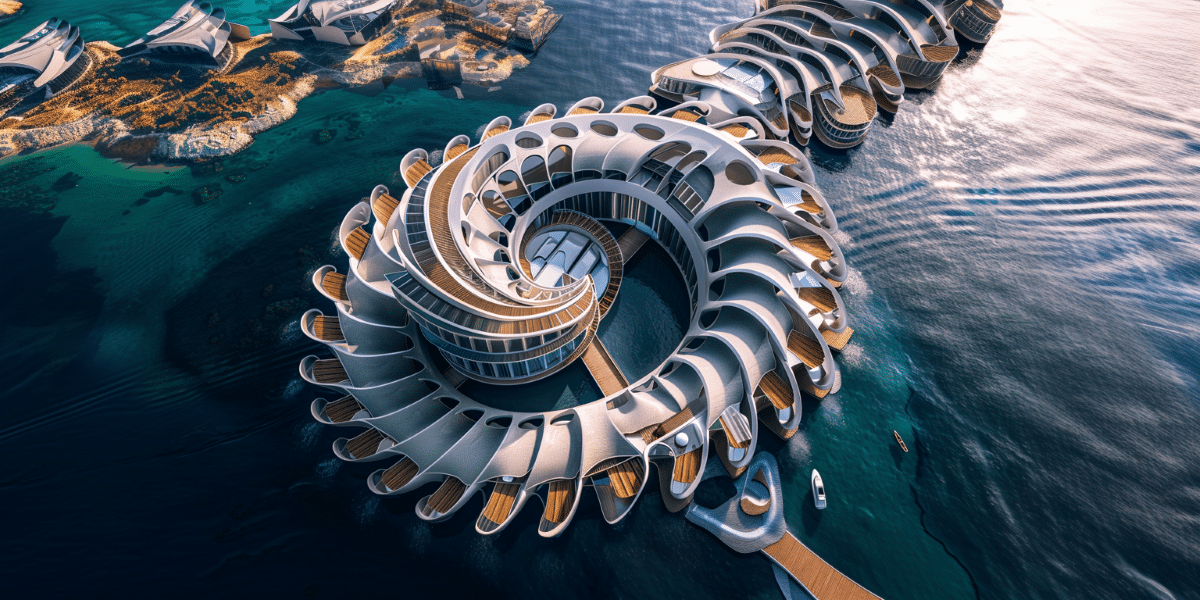
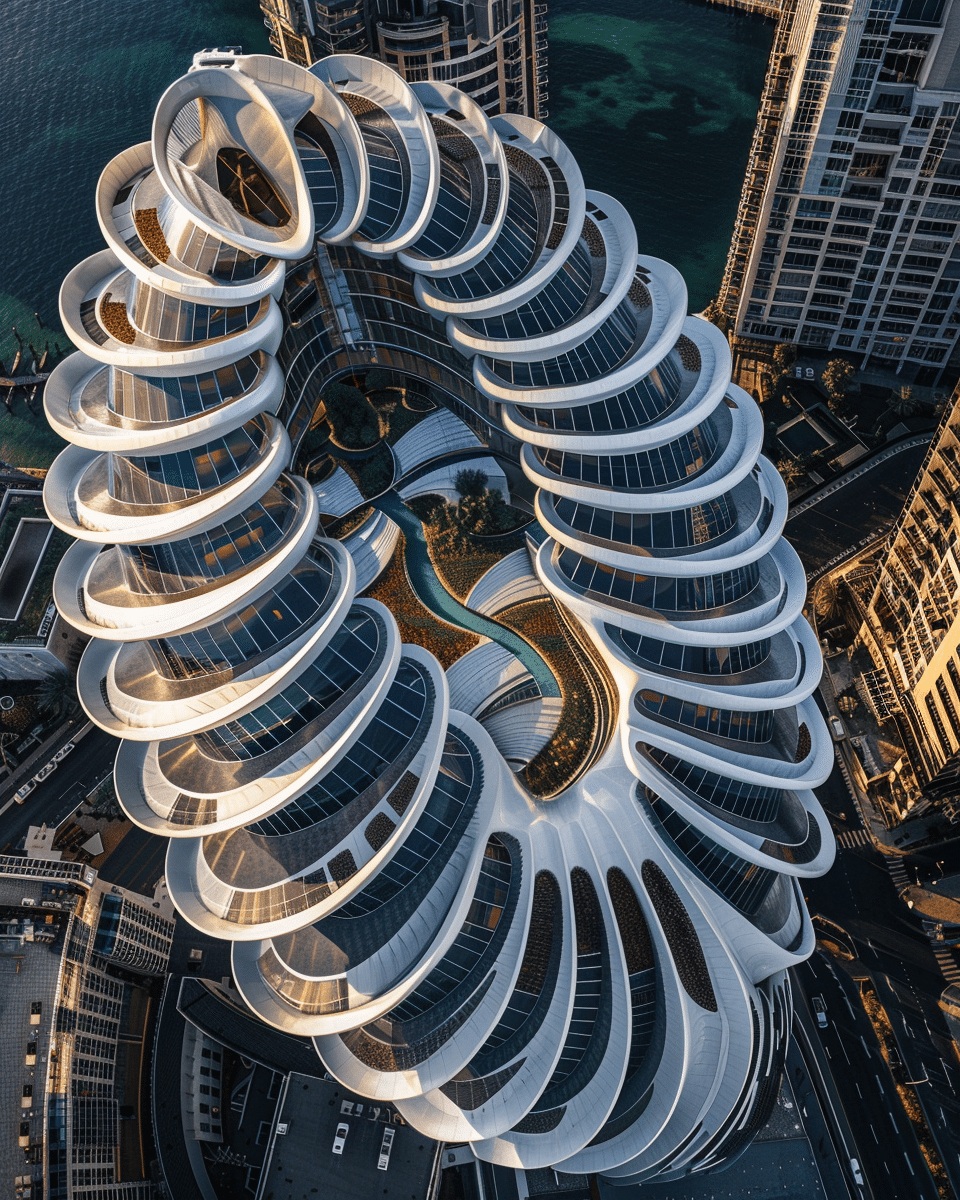
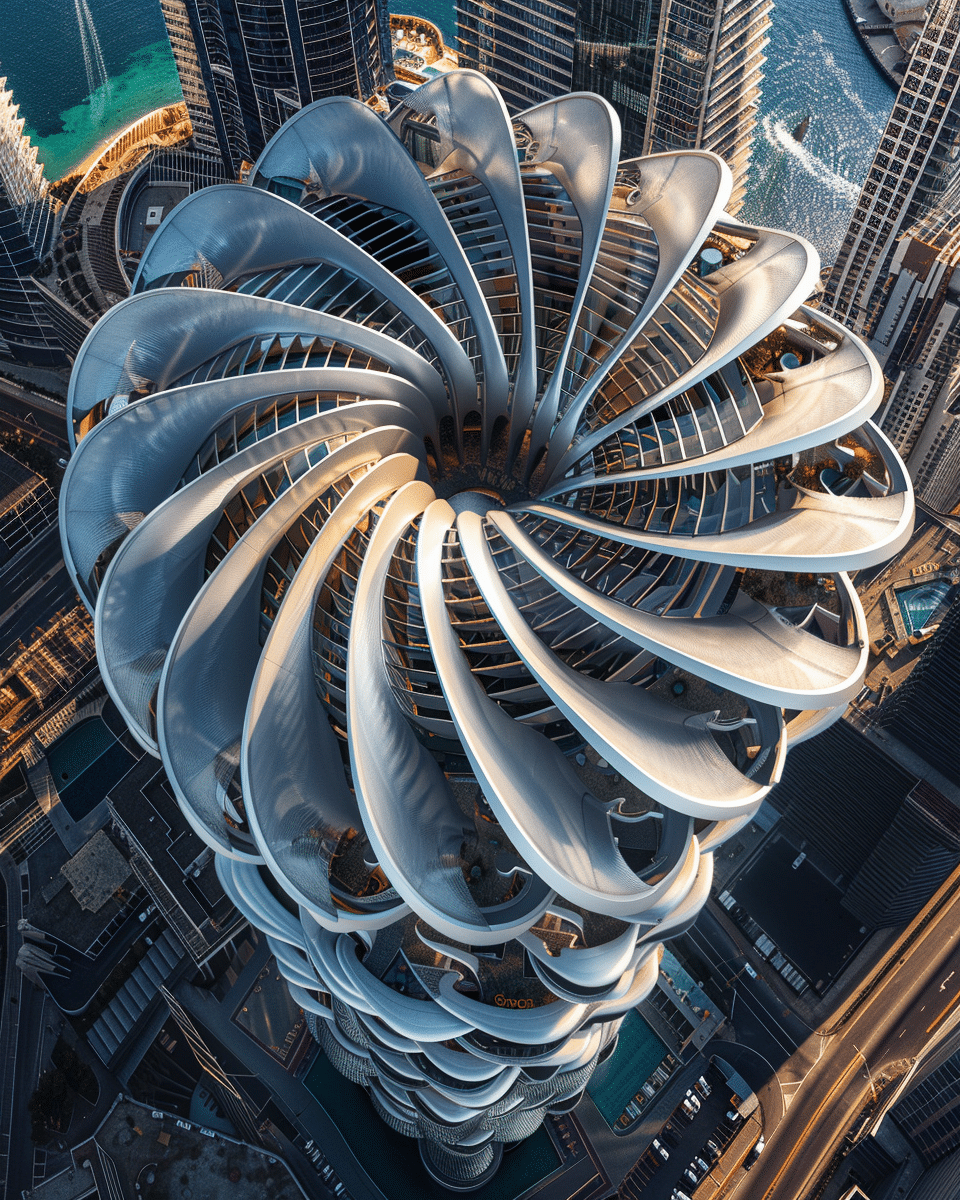
Since antiquity, this mathematical ratio has been incorporated into architecture, and now Bhatia is giving it a contemporary spin.
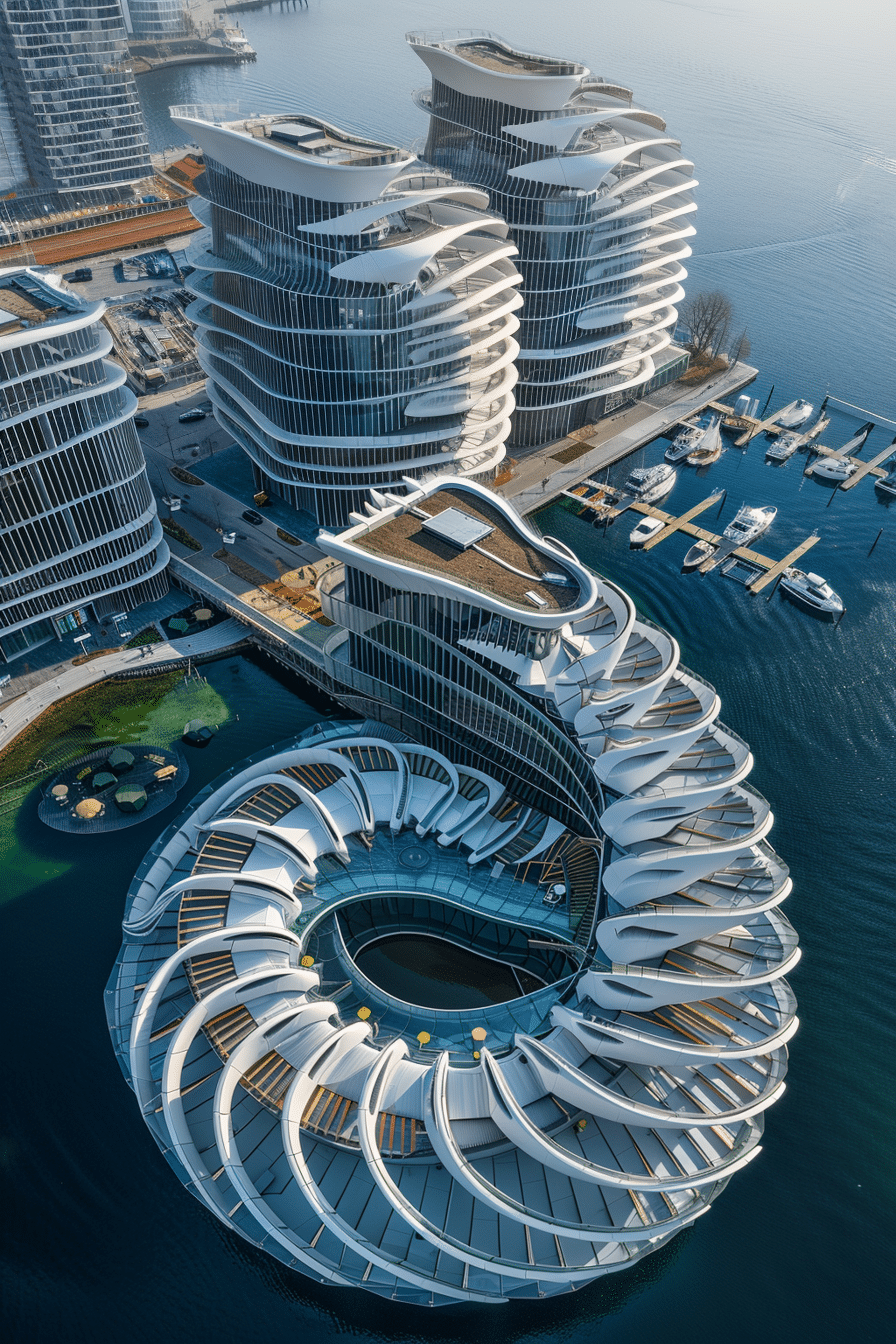
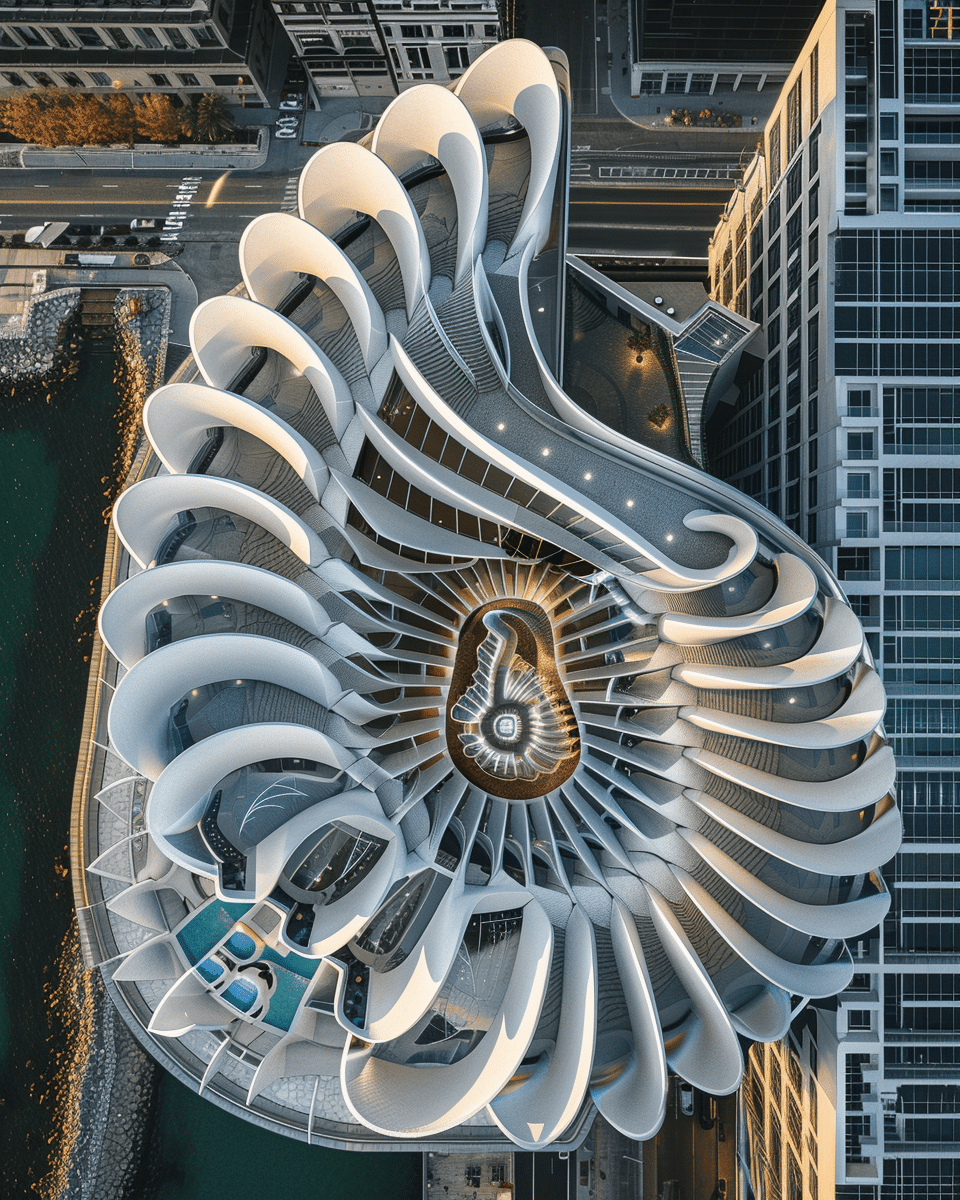
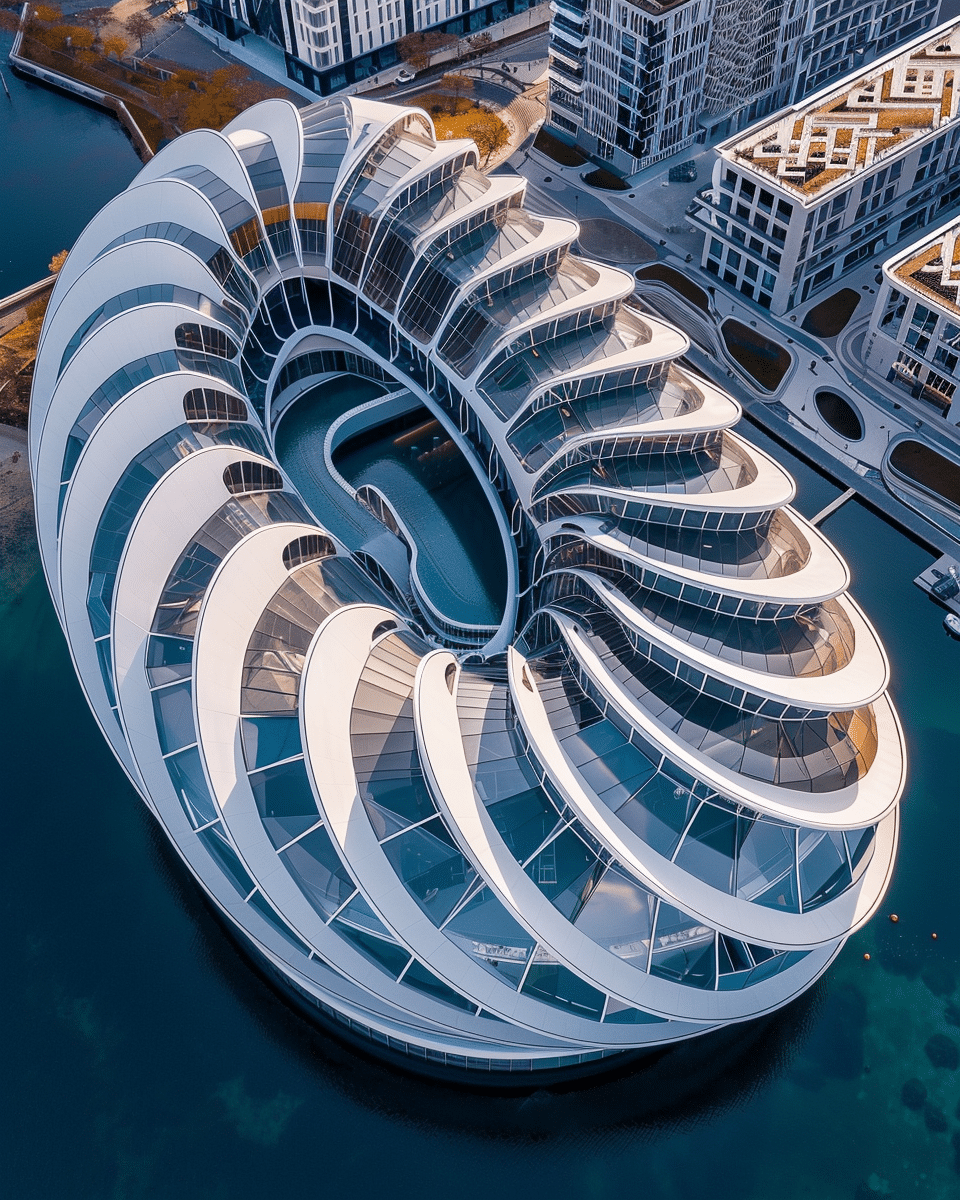
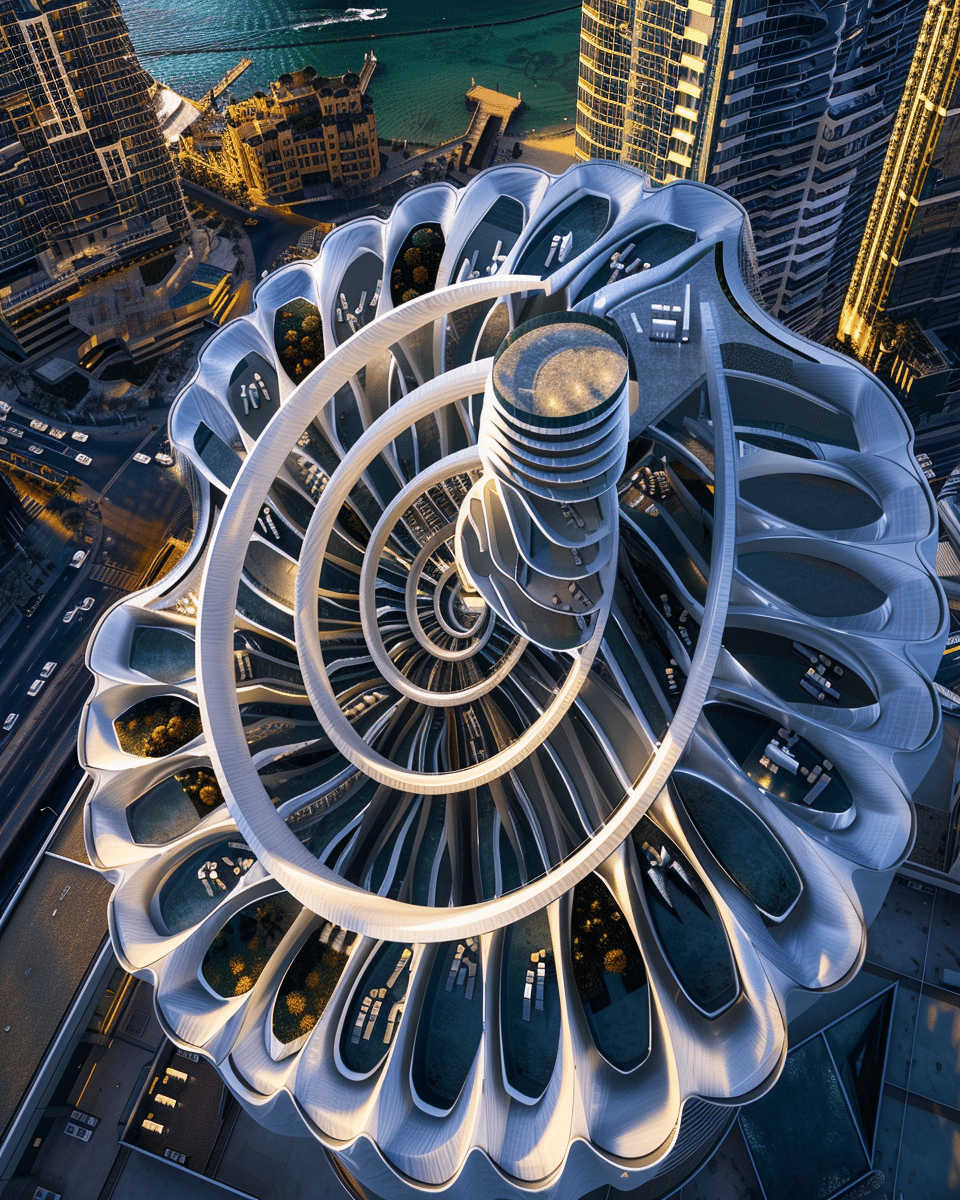
Inspired by the Fibonacci sequence and the nautilus shell, he's used AI to design a series of spiraling skyscrapers.
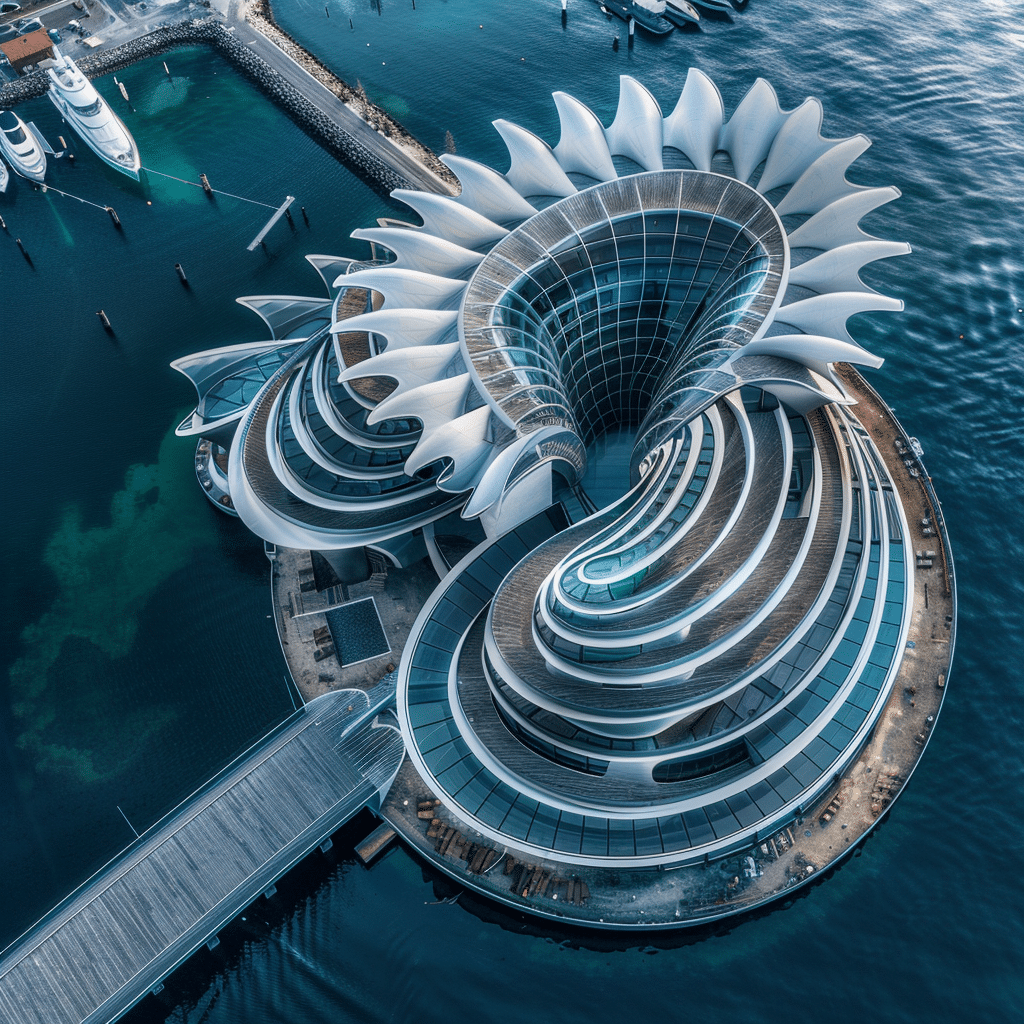
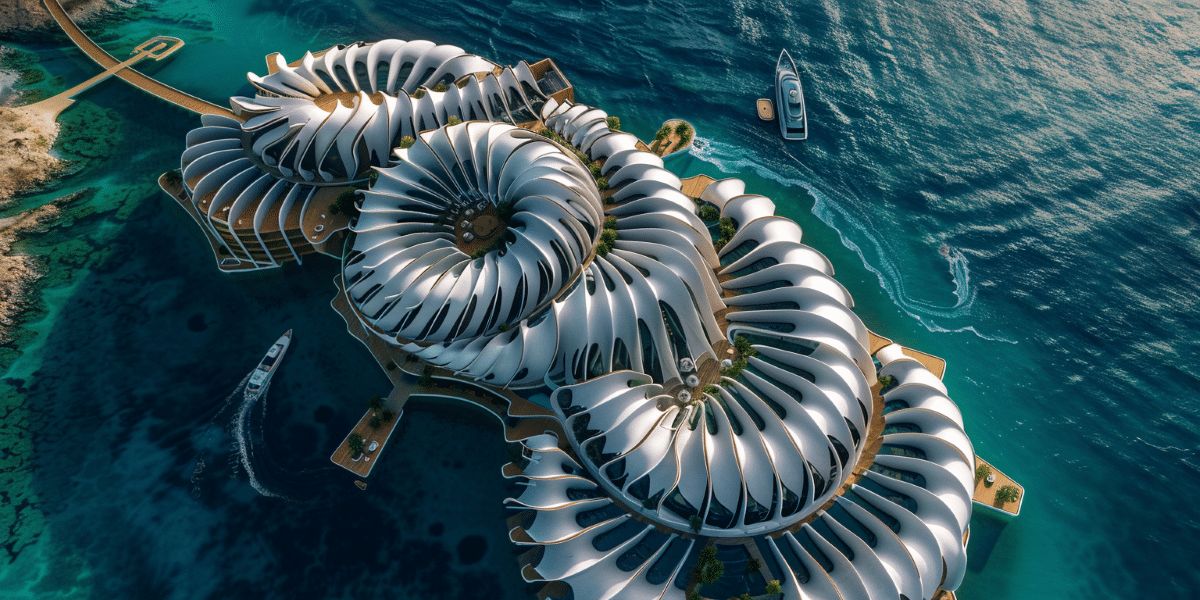
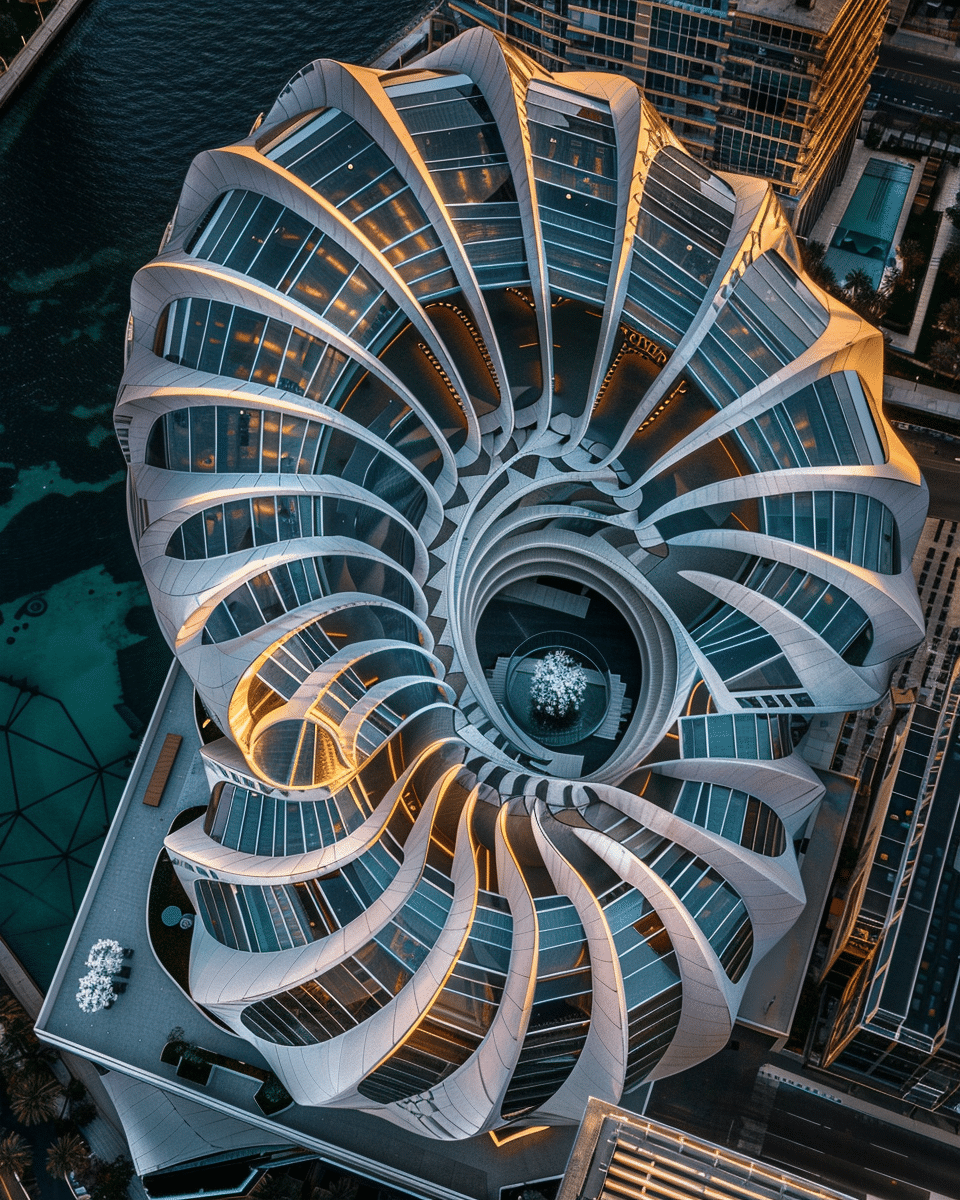
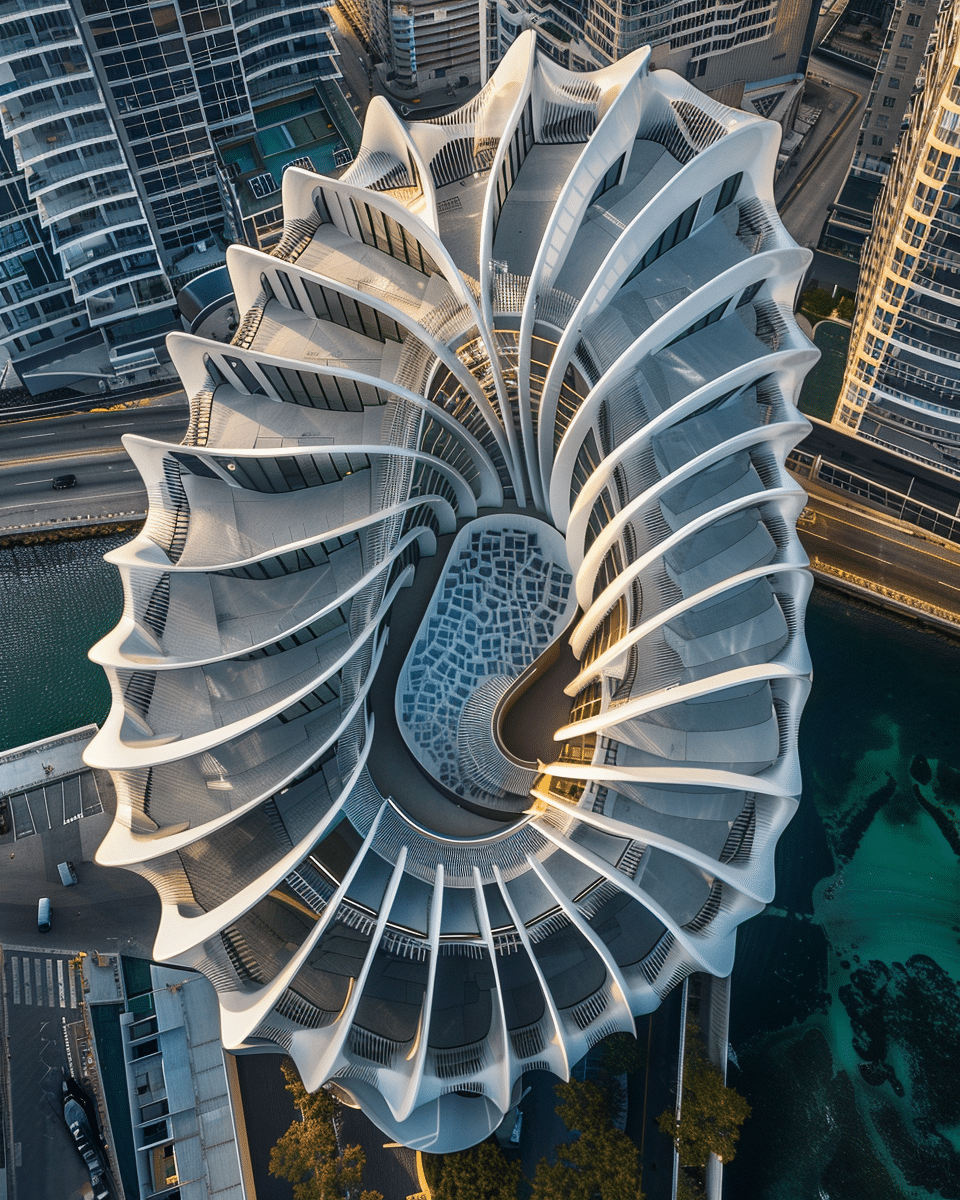
“The spiral pattern, governed by the Fibonacci sequence, is a testament to the inherent beauty and efficiency of natural design,” Bhatia shares.
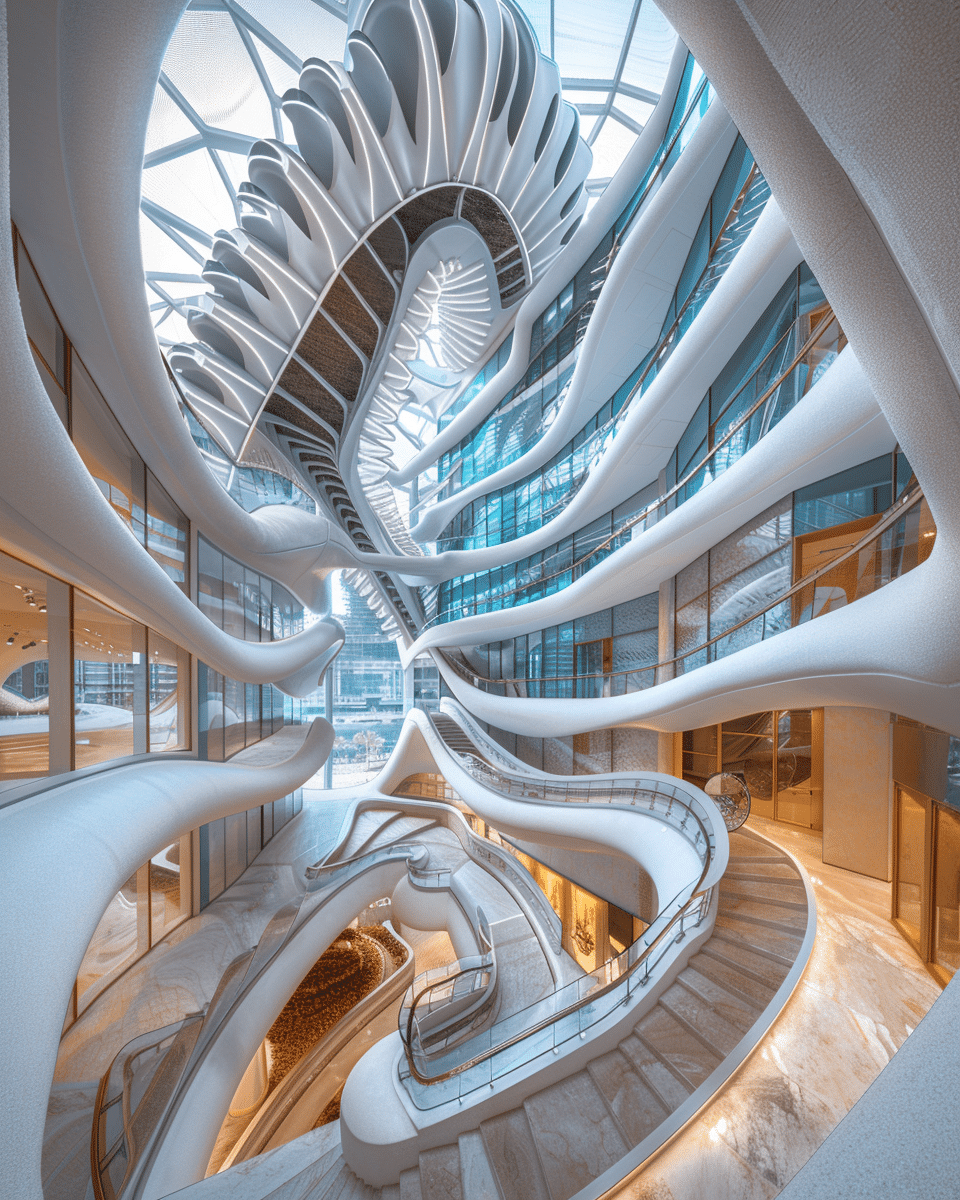
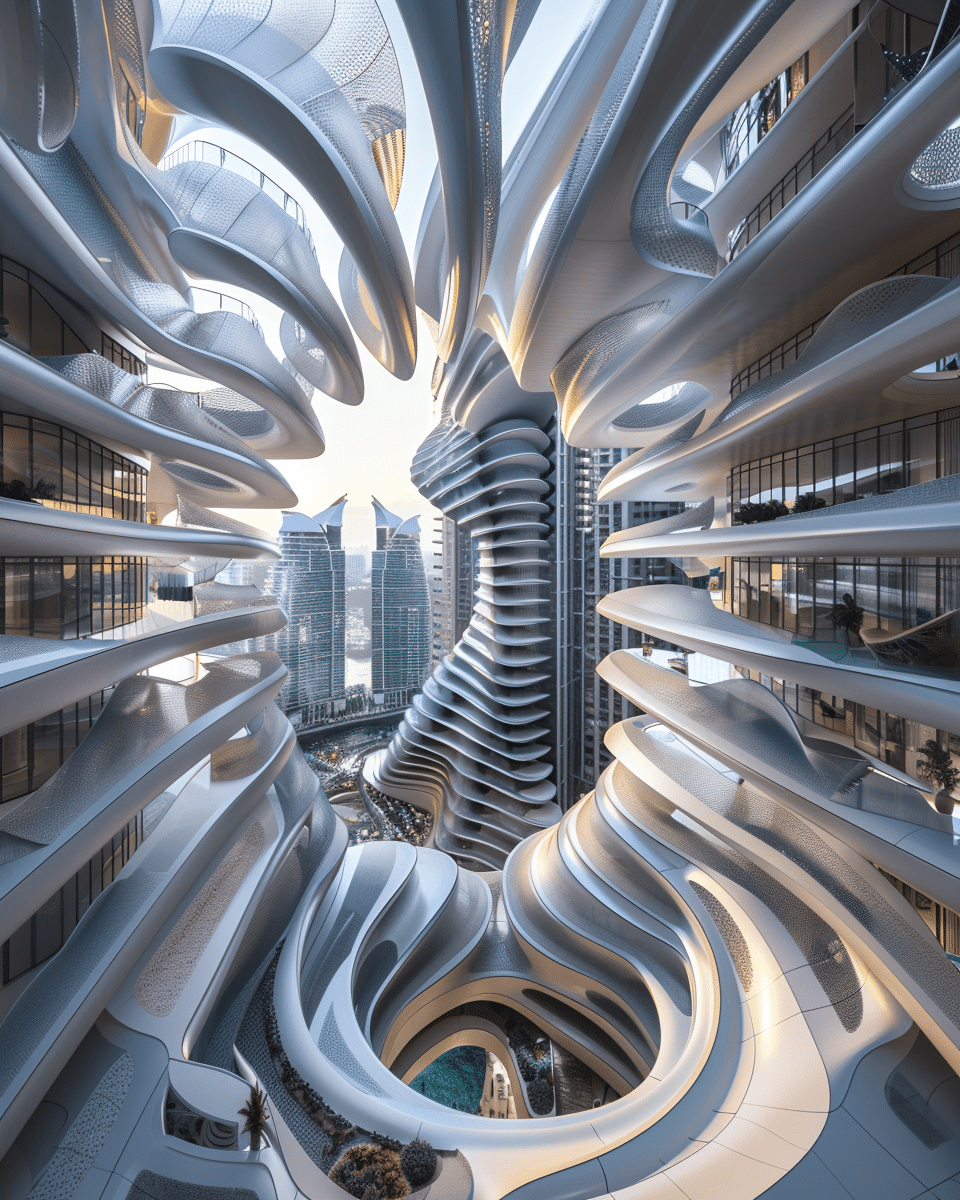
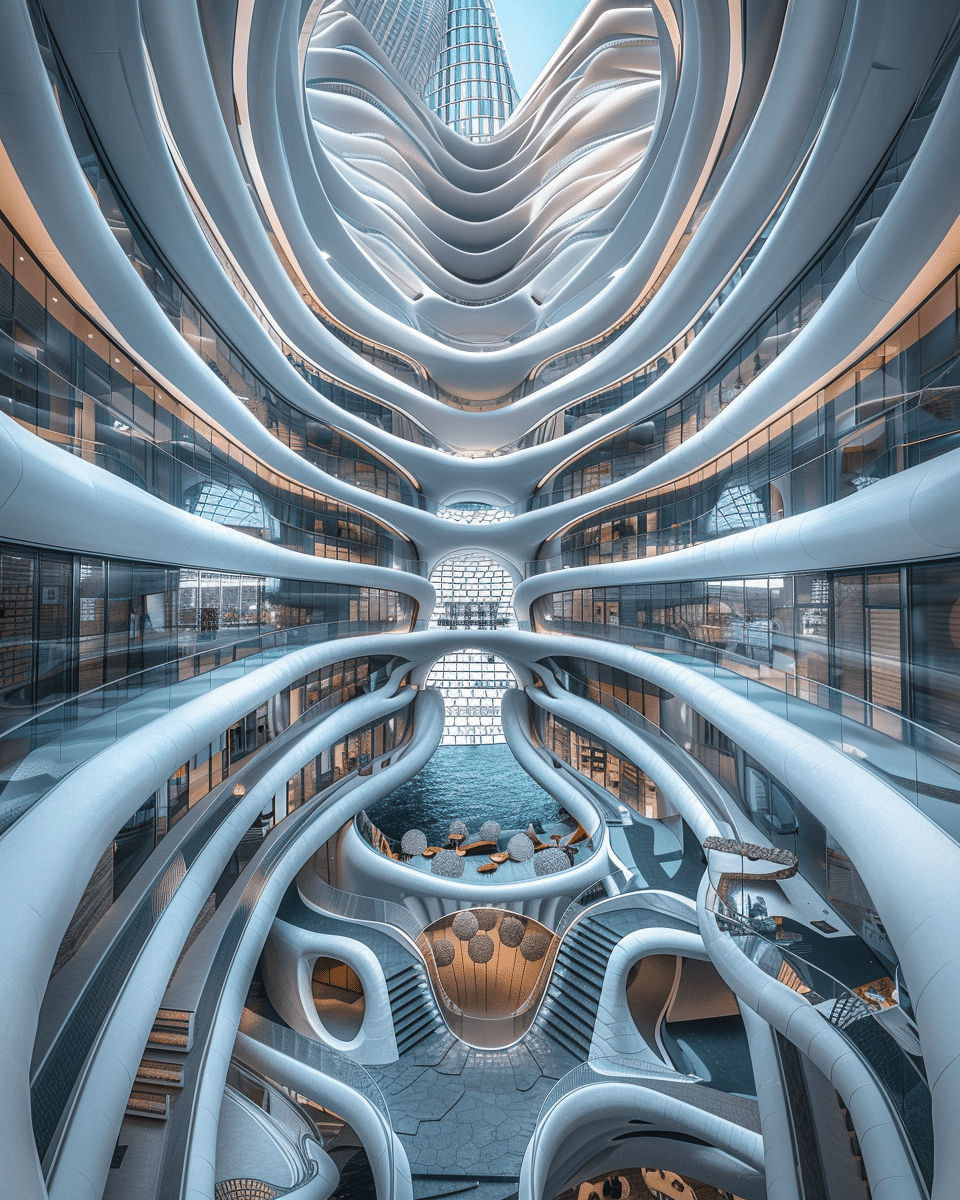
The contemporary floating structures demonstrate the visual power of the golden ratio.
